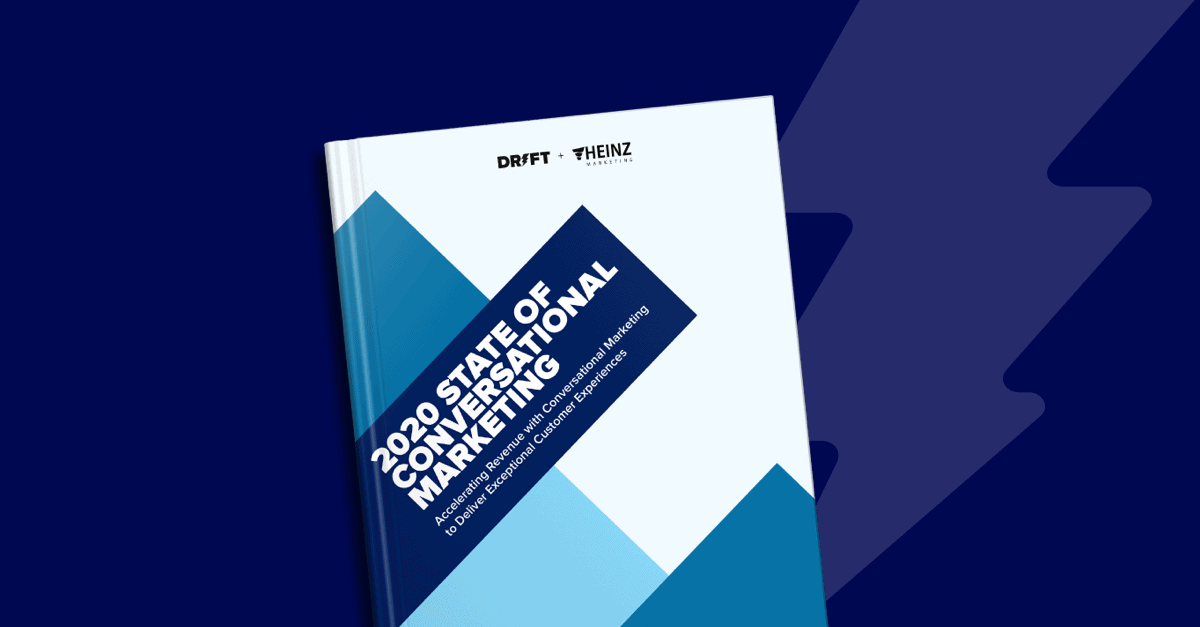
So here’s the thing. We’re launching THE Conversational Marketing Certification in mid-November. But we couldn’t wait that long to share some of the details with you.
The Conversational Marketing Certification will teach you:
- How to start more conversations with your potential buyers using the Conversational Framework
- How to implement Conversational Marketing across your entire marketing strategy to create better customer experiences
- How to use the Conversational Marketing Blueprint to convert more of your traffic into qualified leads and generate more revenue
While we can’t give away the entire Certification today, we figured it couldn’t hurt to reveal one of the lessons so you can get a head start on studying ?
So what makes for a healthy, high performing bot? Let’s dive in and take a look at the six main components of a healthy bot.
1. A strong opener that hits on a pain point you solve
The opener is the first thing your site visitor sees. To help drive engagement rate and start more conversations, we want to make sure this opener, or hook, is strong and hits on a pain point you solve. So, why a pain point? This is an opportunity to be helpful to the site visitor, be empathetic, and also show off the value you provide.
⭐️ Pro Tip: Take a look at your emails that have a high open rate. Steal the subject line for your bot opener!
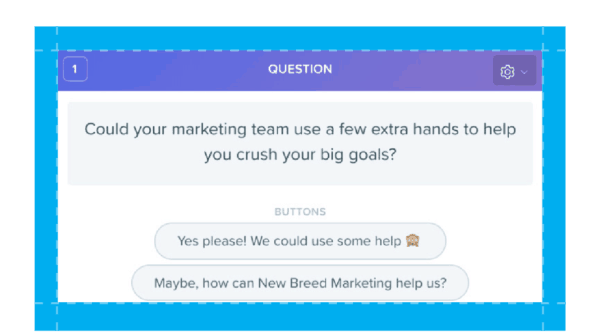
2. An understanding of your company’s value prop
A great bot shows off your company’s value proposition. This is your opportunity to make it clear how your company can help and solve that pain point you hit on in your hook. Try placing the value proposition early on in your playbook. This invites your visitor further into the conversation and also gives them more information.
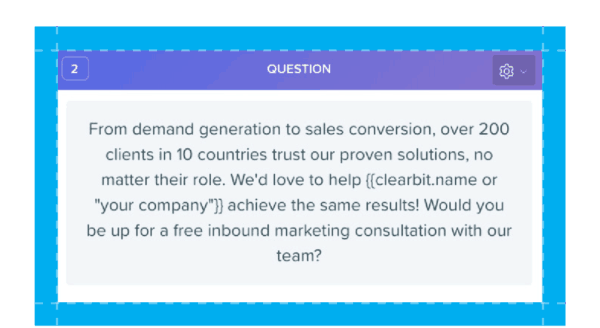
3. A clear brand voice throughout the bot
Every bot “voice” is going to be different for every company. For example, Drift’s brand voice allows us to be super friendly, use emojis, etc. Find the voice that is right for your brand. A great place to start is by looking right at your website. Most sites already have great language on them – no need to reinvent the wheel here, you can put that language right into your bot.
4. Don’t ask too many qualifying questions
This is a big one. Don’t ask questions that you don’t 100% need the answer to. Think about questions that are win/win for both you and your site visitors. For example, “What are you interested in accomplishing today?” or “What are you most interested in?” are questions that will keep your site visitors engaged and add more value to the conversation.
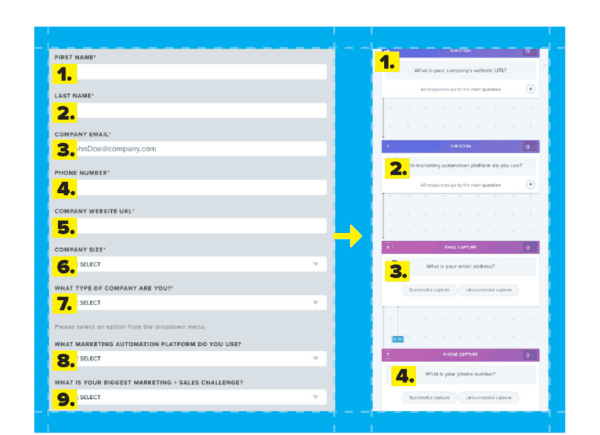
5. No easy way out
Don’t let your site visitors off the hook too easy. If someone isn’t ready to book a meeting or they’re just browsing, that’s totally okay. But it’s not time to say goodbye just yet. This is a perfect place to nurture your site visitor further and ask them why they’re on the site today. You want to use this as a chance to continue the conversation, even with someone who isn’t yet ready to buy. Try sending them a piece of content that would be valuable for them.
6. Have a clear CTA & multiple backups
Every healthy playbook has a clear goal. Make sure you have a clear call to action at the end of the conversation that relates to that goal. Remember: we always want to continue the conversation, so if someone isn’t ready to go through with your main CTA like booking a meeting, make sure you have a fallback CTA such as a helpful guide, eBook, or highly trafficked blog.
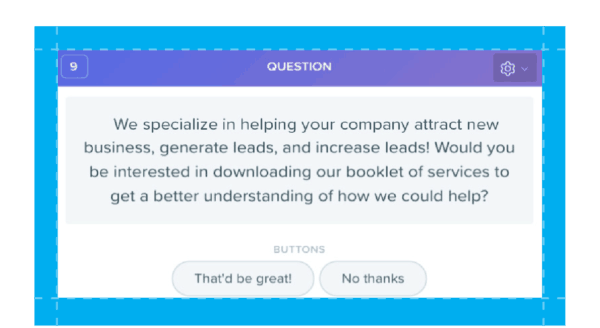
Now that we’ve reviewed these six components of a healthy bot, make sure you think about all of these things as you’re building your first bot.





